|
|
|
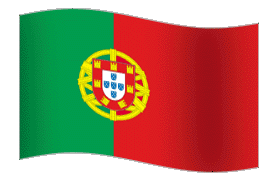  H.N.M.S. 'Surabaya' 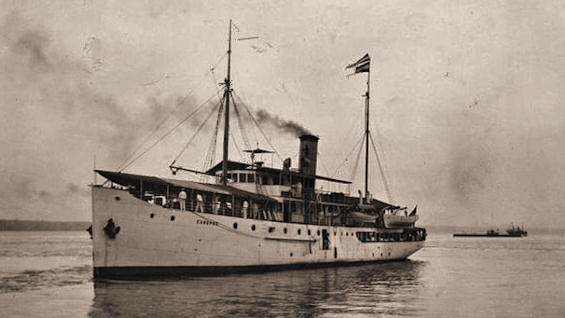 S.S. 'Canopus' 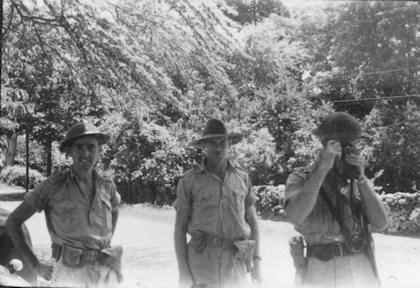 Major Spence (centre), Dili 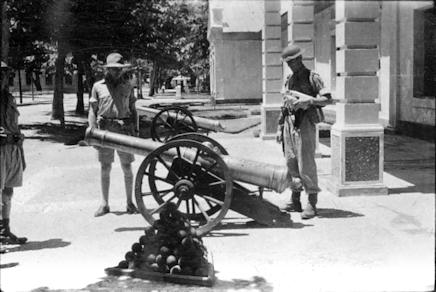 Ornamental
cannon in Dili Ornamental
cannon in Dili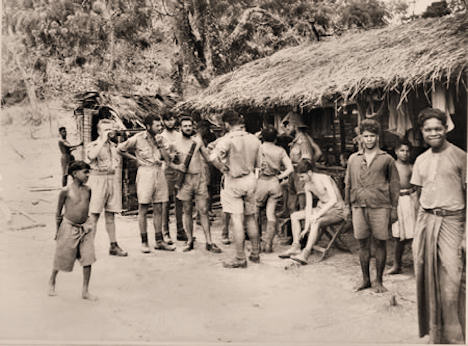 At a native village 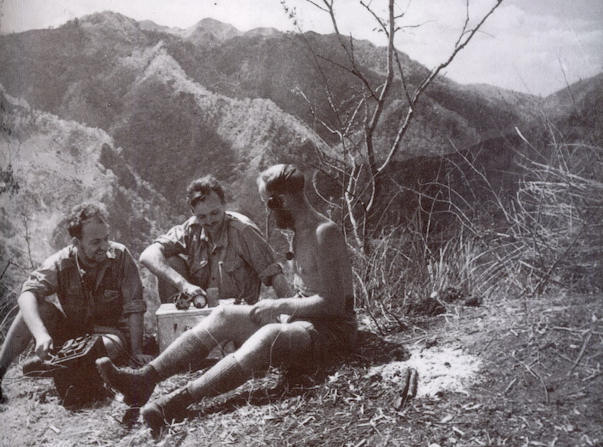 'Winnie the War Winner' 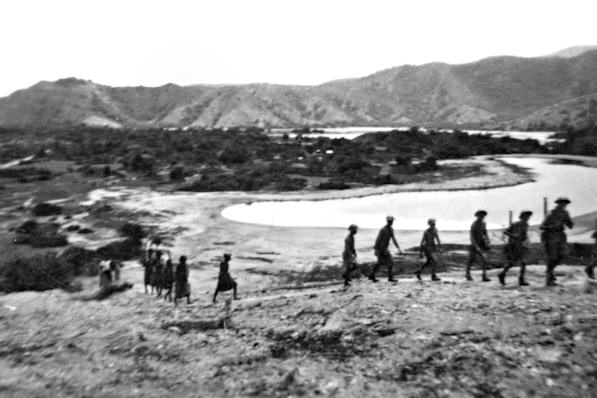 Patrol in East Timor 1942 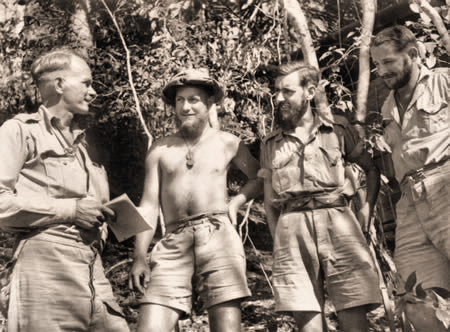 2nd Ind. Coy. officers |
PORTUGUESE EAST TIMOR...
A few days after landing on Dutch West Timor at Usapa Besar,
2nd
Independent Company (Commando) platoons under Major Spence embarked
on the old Dutch gunboat 'Surabaya' for Dili, on the
north coast at the other end of the island.
This group was accompanied by 260 Netherlands East Indies soldiers
under Colonel
van
Straaten.
Because of the size of the vessel, not all the 2nd Ind. Coy. could
embark, so the remaining commandos left for Dili on the 'Canopus' a few days
later.
Upon their arrival in Dili, the Australian and Dutch troops were under no misapprehension that they had not been invited by the Portuguese officials; Portugal had declared itself neutral from the beginning of World War 2. However their landing was not opposed by the Portuguese colonial troops and force officers met with government officials to advise that the colony was in imminent danger of invasion by Japanese forces. High level exchanges involving a flurry of messages to and from Lisbon, London and Canberra followed. These discussions were also attended by David Ross, the ad hoc Australian consul and Qantas agent in East Timor.
The parleys resulted in Portugal maintaining its
neutrality and apparently disregarding the presence of any foreign
troops on East Timor. Their main concern
Sparrow Force deployed around Dili, at the airport and at bases
outside the town. Relations with local Timorese were very friendly, moreso than in Dutch West Timor,
because the colonial Portuguese were more benevolent to the
inhabitants, maintained better services, imposing lower taxes and
they had
a
low-key military presence.
As in West Timor, the men were ill-prepared for the tropical
climate, insects and disease. In the rainy season, much of Dili was
swampy and swarms of mosquitoes soon resulted in a high incidence of
malaria.
At some stages, most of the unit was unfit due to malarial fever,
headaches and vomiting.
After midnight on the evening of 19th February 1942, co-ordinated
with the attack on West Timor, Japanese forces landed at Dili. At
first it was thought that the troopships and convoy were Portuguese
reinforcements arriving from Mozambique.
The first objective of the Japanese was the airfield, lightly defended by a section of A platoon. Explosive charges had been set to blow up the small airstrip and facilities. Initial Japanese forces were mistaken as Dutch because of the similarities in their uniforms however sporadic fighting around the airfield continued all night with only a small number of A platoon holding the Japanese advance at bay.
As dawn broke, they detonated charges at the strip and withdrew quickly to the south and west. Initially, HQ in the hills was not aware of the Japanese arrival so action as they left the airfield and Dili was not coordinated. Two men died at the airfield and one section of fifteen men surrendered after they blundered into a roadblock the following day. They were massacred by 3rd Yokosuka S.N.L.F. Japanese paratroops, the same unit that was decimated at Babao and Usau Ridge by the 2/40th a few days later.
Initially withdrawing to Aileu and Railaco, scattered groups made contact again and Captain Callinan reorganized the unit. He established a new headquarters base at Cailaco near the Dutch border and engaged in hide-out and hit and run tactics that formulated their campaign. New headquarters were set up at Atsabe and morale improved; there was vengeance and motivation after they learned of the executions at Dili on the 20th February.
Local native and Portuguese inhabitants' support improved and the platoons dispersed supplies and ammunition to strategic locations. The men adopted natives as guides, scouts and personal servants called 'criados'. Operations were stepped up with smaller groups, to 'hide, hit, run and hide'. Most heavy portage was done using Timor ponies.
Direct communication with Australia was recommenced in April when three signallers fabricated a radio from assorted radio, electrical and auto parts. Nicknamed 'Winnie the War Winner' after Winston Churchill, the British Prime Minister. Upon establishing their identity and advising Darwin that they were still operating against the enemy, they requested boots, quinine, money and Tommy gun ammo. From this point on, regular air and sea rendezvous maintained their supplies. War documentary maker Damien Parer even visited Timor and recorded their operation for a film 'Men of Timor'.
Resupply missions using Hudson bombers were not suitable as stores were damaged and lost. A wood-hull patrol vessel carried the first 6-ton loads to the 2nd Ind. Coy. Betano Bay on the south coast was the favoured rendezvous point. Sick and wounded were ferried back to Australia and medical supplies became available again. In August the Japanese mounted a concentrated offensive against the commandos using natives as human shields in frontal attacks. Friendly villages were bombed and many thousands of Portuguese Timorese killed. The tide was turning against Sparrow Force whose range and operations became limited. Dutch (Black Column) Timorese who were pro-Japanese were brought to East Timor and waged war against their fellow countrymen. Given the change in conditions, Sparrow Force was withdrawn in December.
During the confusion of the Japanese invasion,
seventeen men were lost, most being executed after surrender. In the
next ten months of operation,
only six members of the 2nd Ind. Coy. were killed. Japanese casualty
estimates were more then 1,500 front-line soldiers and Sparrow Force
tied up more than 20,000
men
who otherwise would have been in New Guinea and islands campaigns. |
|
Copyright © 2012-2013 Please report any site problems/questions such as broken links here. |
|